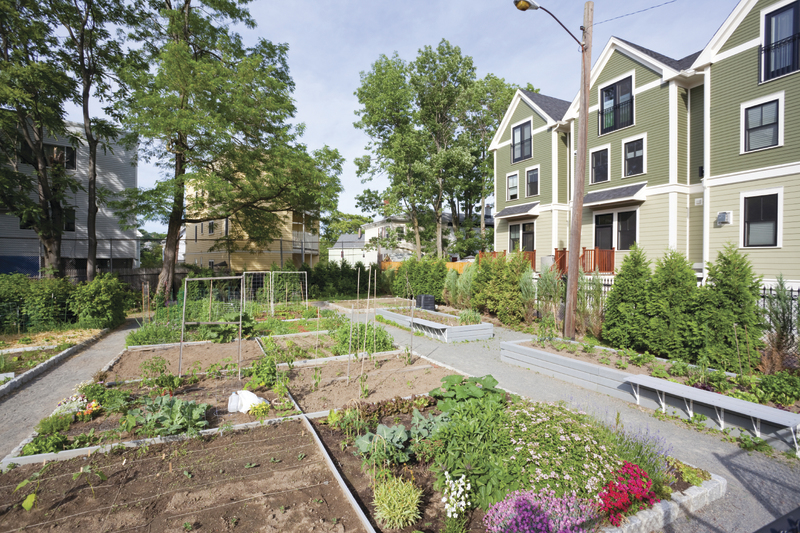Code Green Solutions


It is increasingly well recognized that the design and operation of the communities in which people live, work, learn, and play significantly influence their health. However, within the real estate industry, the health impacts of transportation, community development, and other construction projects, both positive and negative, continue to operate largely as economic externalities: unmeasured, unregulated, and for the most part unconsidered. This lack of transparency limits communities’ ability to effectively advocate for real estate investment that best promotes their health and well-being. It also limits market incentives for innovation within the real estate industry by making it more difficult for developers that successfully target health behaviors and outcomes in their projects to differentiate themselves competitively.
The global impact of the green building movement stems in large part from its success in making sustainable building projects and practices attractive opportunities for investment. Going forward, healthy places must also become investable to achieve meaningful progress toward a nationwide culture of health. In addition to discussing opportunities and barriers to enabling investment in healthy properties, this session – presented at Greenbuild 2015 in Washington, DC – highlights real world innovations and insights from on-the-ground experience in creating healthier built environments.
Watch Making Healthy Property Investable: Opportunities & Barriers:
Those who would like to dive deeper into this topic should check out the associated paper released by the National Academy of Medicine last year: http://nam.edu/perspectives-2015-applying-green-building-principles-of-market-transformation-to-promote-healthy-places/